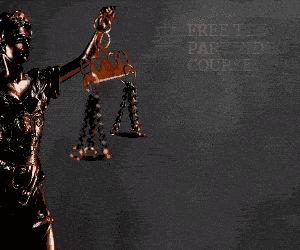Balance is key when it comes to nutrition. A balanced diet means consuming a variety of foods from all food groups in appropriate proportions to maintain good health. However, many people are still confused about what constitutes a balanced diet and how to achieve it. In this article, we will demystify the concept of balanced nutrition and provide you with everything you need to know about eating right.
Introduction to Balanced Nutrition
A balanced diet is one that includes a wide range of nutrients from different food groups in appropriate quantities. It should be tailored to your individual needs based on factors such as age, sex, weight, height, activity level, and any medical conditions or allergies you may have. The four main macronutrient groups are carbohydrates, proteins, fats, and fiber. Each of these plays an essential role in keeping your body functioning properly. Carbs provide energy, protein builds and repairs tissues, fat provides insulation and energy storage, while fiber helps regulate digestion.
Understanding the Importance of a Balanced Diet
A balanced diet is crucial for maintaining overall health and wellbeing. It can help prevent chronic diseases like obesity, heart disease, type 2 diabetes, and some types of cancer. Additionally, a balanced diet supports growth and development during pregnancy, infancy, childhood, and adolescence. It also promotes better mental health by providing vital nutrients needed for brain function.
How to Create Your Own Balanced Meal Plan
Creating a balanced meal plan involves choosing a variety of foods from each food group in the correct portions. Here’s an example of what a typical balanced meal plan might look like:
Breakfast: oatmeal with fruit and nuts, whole grain toast with avocado and egg
Snack: Greek yogurt with berries and granola, apple slices with peanut butter
Lunch: grilled chicken salad with mixed greens, quinoa, and roasted vegetables
Snack: hummus with veggies, hard-boiled eggs
Dinner: baked fish with sweet potato and green beans, brown rice
Common Myths About Balanced Diets Debunked
There are several myths surrounding balanced diets that can lead to confusion. Let’s take a look at a few of them and set the record straight:
1. Myth: Certain foods or supplements can replace a balanced diet.
Fact: While certain supplements may be necessary in specific situations (e.g., pregnant women taking folic acid), they cannot replace a balanced diet. A varied and well-balanced diet is always the best way to get the nutrients your body needs.
2. Myth: Fruit and vegetable juice counts as a serving of produce.
Fact: Juicing removes much of the fiber from fruits and vegetables, making it less filling than eating whole produce. It’s better to eat whole fruits and vegetables instead of relying on juice.

3. Myth: Low-fat or low-carb diets are the best way to lose weight.
Fact: Restrictive diets may lead to short-term weight loss, but they are difficult to sustain long-term. Instead, focus on creating a balanced diet that incorporates a variety of nutritious foods in moderation.
Conclusion: Taking Action Towards a Healthier You
Now that you understand the importance of a balanced diet and how to create your own meal plan, it’s time to put that knowledge into action. Start small by making gradual changes to your diet, such as adding more fruits and vegetables or swapping out processed snacks for healthier options. Remember, Balance is key, so don’t feel like you have to completely overhaul your diet all at once. With consistency and dedication, you can achieve a healthy, balanced diet that provides the fuel your body needs to thrive.








